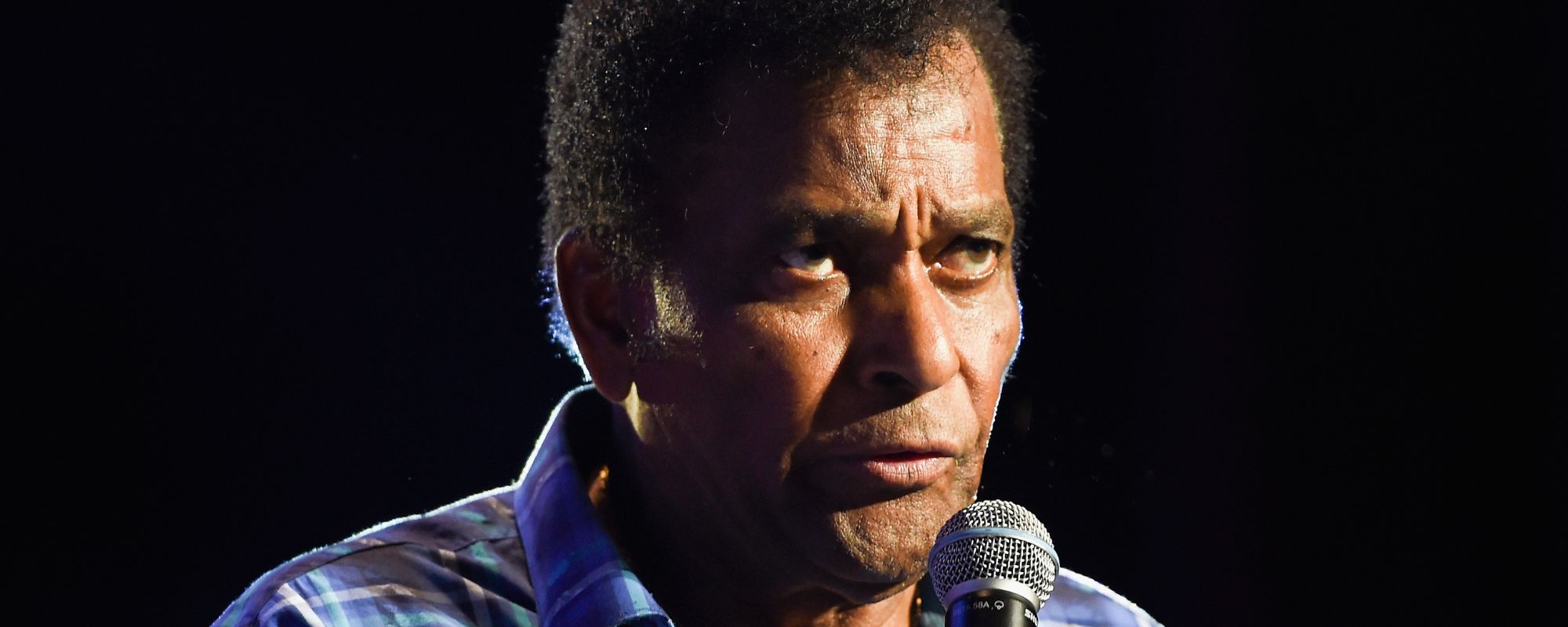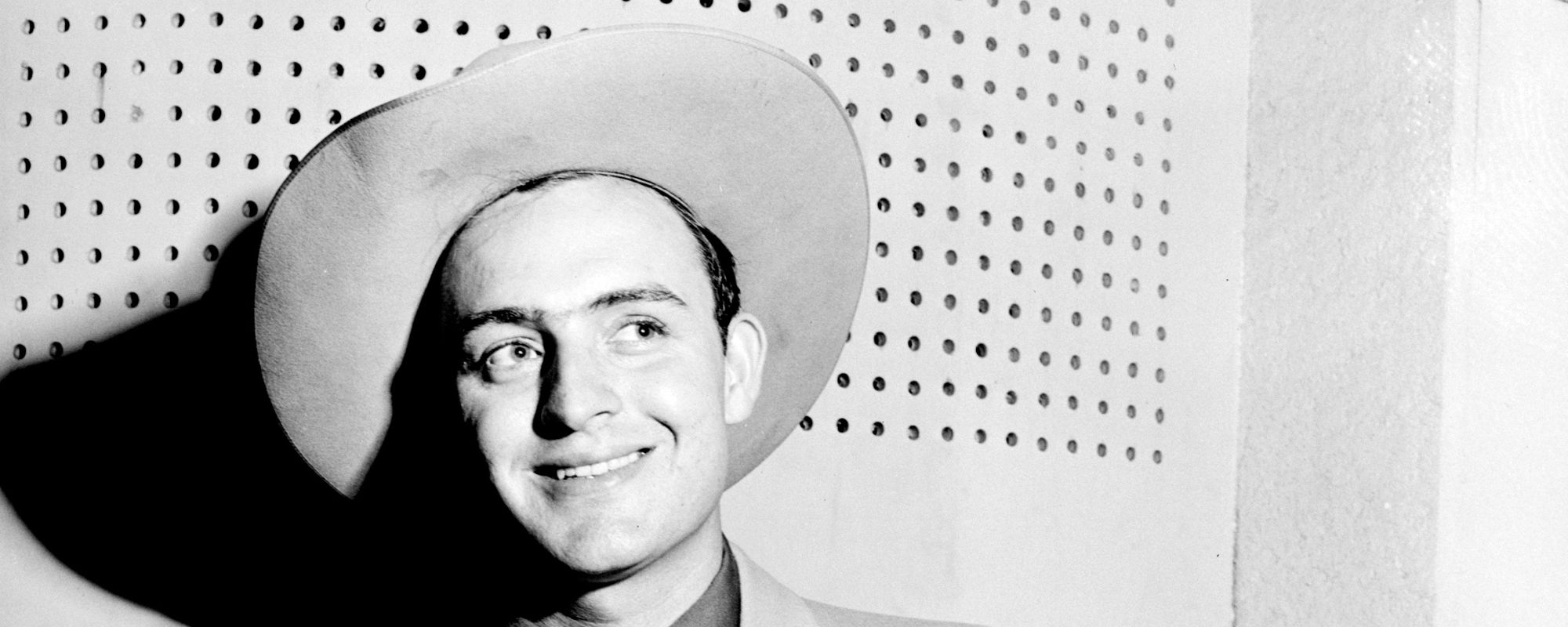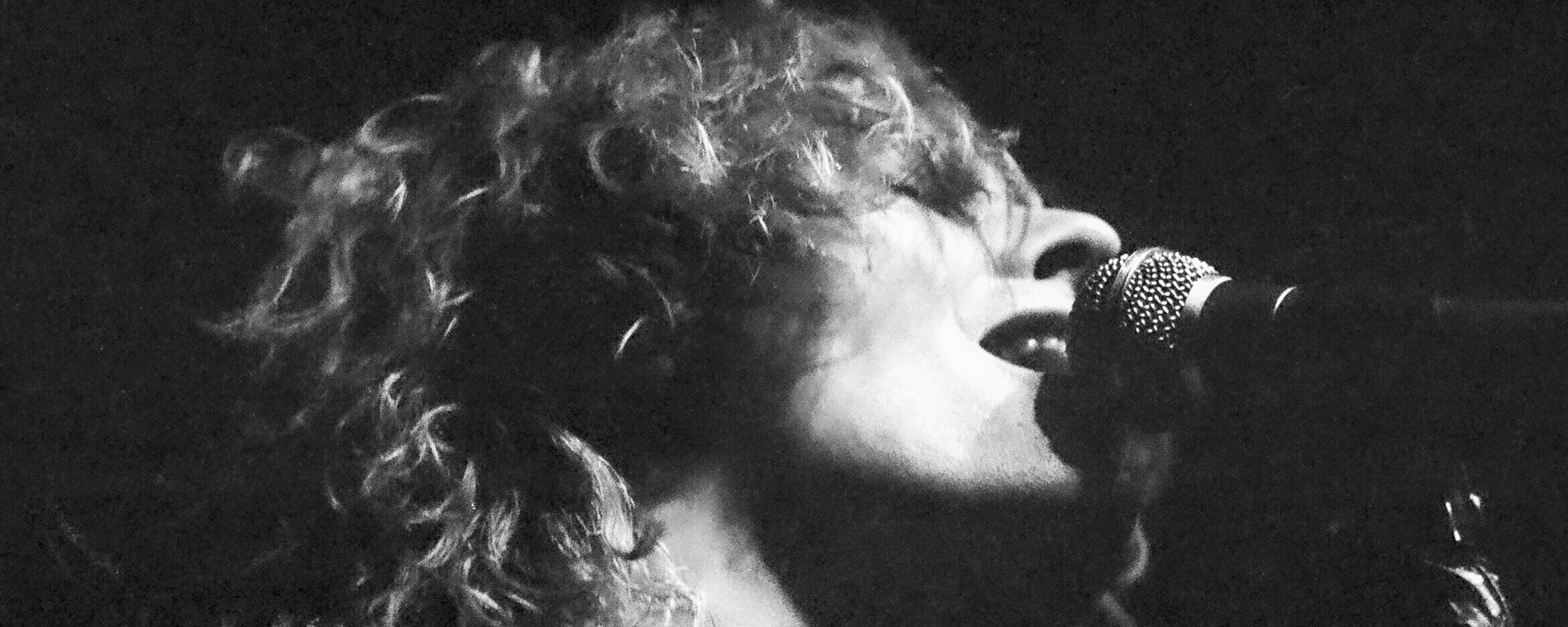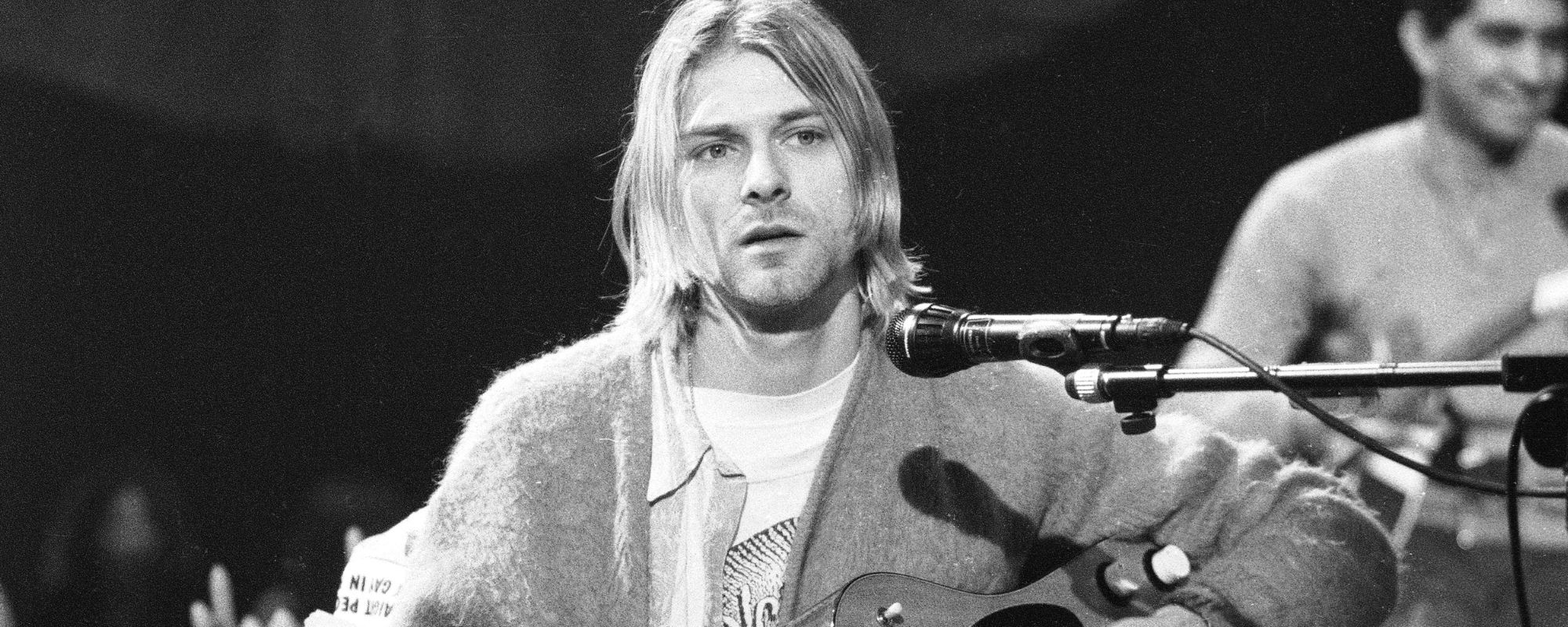“William doesn’t dig. He Burroughs.” This was how Kurt Cobain described the work of one of his literary heroes, William S. Burroughs. First exposed to Burroughs’ work in high school, it heavily influenced Cobain’s writing when he started enforcing the Beat writer’s “cut-up” method. First introduced to Burroughs by artist Brion Gysin and inspired by a similar technique used by Dadaists by the 1920s, the collage-like approach mixes words and phrases that are pieced together, often creating juxtaposing text or narratives.
“My lyrics are total cut-up,” said Cobain.”I take lines from different poems that I’ve written. I build on a theme if I can, but sometimes I can’t even come up with an idea of what the song is about.”
Cobain first reached out to Burroughs about collaborating in 1992. In response, Burroughs sent Cobain a piece he had recorded at his Red House Studios in his Lawrence, Kansas called “The Junky’s Christmas.” The piece originally appeared on Burroughs’ 1989 collection of short stories, Interzone and later on his 1993 spoken word album Spare Ass Annie and Other Tales.
After Cobain added some guitar and improvisation to the piece in Seattle, the two met in Kansas to finish up “The ‘Priest’ They Called Him,” Burroughs’ erratic spoken word tale about a heroin addict, “The Priest,” trying to score a fix on Christmas Eve, which first appeared in his 1973 collection Exterminator!
Fight tuberculosis, folks
Christmas Eve, an old junkie selling Christmas seals
On North Park Street
The “Priest” they called him
Fight tuberculosis, folks
People hurried by, gray shadows on a distant wall
It was getting late and no money to score
He turned into a side street and the lake wind hit him like a knife
Cab stop just ahead under a streetlight
Boy got out with a suitcase
Thin kid in prep school clothes
Familiar face, the Priest told himself
Watching from the doorway
Videos by American Songwriter
[RELATED: 4 Songs You Didn’t Know Feature Writer William S. Burroughs]
Further into the story, the “Priest” returns to his quarters with his drugs only to be interrupted by the distant cries of a young man suffering from withdrawal. The Priest gives him the drugs, then returns to his room, reclines on his bed, and dies in what Burroughs calls “the immaculate fix.”
The Priest could see the cramps
Like knots of wood there in the young legs
Dark, shiny black leg hairs
“A few years ago, I damaged myself in a bicycle race
It was then that the cramps started”
And now he has the leg cramps back
With compound junk interest
The old Priest stood there, feeling the boy groan
He inclined his head as if in prayer, went back, and got his dropper
“It’s just a quarter G, kid”
“I do not require much, señor”
The boy was sleeping when the Priest left Room 18
He went back to his room and sat down on the bed
Then it hit him like heavy, silent snow
All the gray junk yesterdays
He sat there, received the immaculate fix
And since he was himself a priest
There was no need to call one
Burroughs’ deadpan reciting of each verse is met by Cobain’s bawling guitar inspired by the “To Anacreon in Heaven,” the official song of the Anacreontic Society, the 18th-century British gentleman’s club of amateur musicians. Pieces of “The Star-Spangled Banner,” based on the poem by Francis Scott Key and the music composed by John Stafford Smith—both Anacreontic members—and “Silent Night” are also audible.
In ’93, Nirvana’s tour manager Alex MacLeod drove Cobain over to meet Burroughs in Kansas around the start of Nirvana‘s In Utero tour. “Meeting William was a real big deal for him,” said MacLeod in Charles R. Cross’s 2001 book Heavier than Heaven: A Biography of Kurt Cobain. “It was something he never thought would happen.” Cobain even asked Burroughs to star in the music video for Nirvana’s “Heart-Shaped Box.”
“I waited and Kurt got out with another man,” Burroughs said of their meeting in 1993 in Carrie Borzillo’s 2000 book Eyewitness Nirvana: the Day-by-Day Chronicle. “Cobain was very shy, very polite, and obviously enjoyed the fact that I wasn’t awestruck at meeting him. There was something about him, fragile and engagingly lost. He smoked cigarettes but didn’t drink. There were no drugs. I never showed him my gun collection.”
Produced by James Grauerholz, who also photographed Cobain and Burroughs during their meeting in 1993, “The ‘Priest’ They Called Him” was released as a limited edition, hand-numbered 10-inch vinyl credited to “William S. Burroughs” and “Kurtis Donald Cȯhbaine.”
Photo: William S. Burroughs, San Francisco, California, November 1974. (Janet Fries/Getty Images)













Leave a Reply
Only members can comment. Become a member. Already a member? Log in.